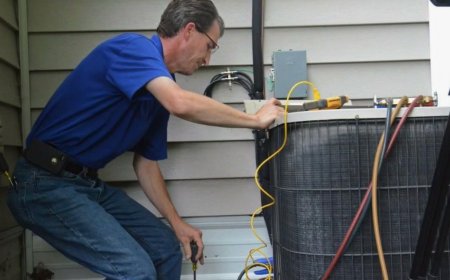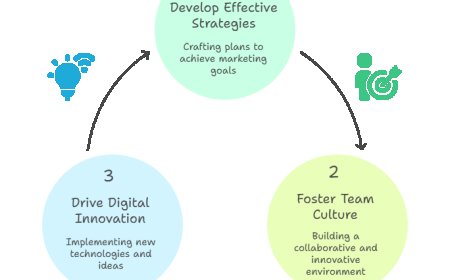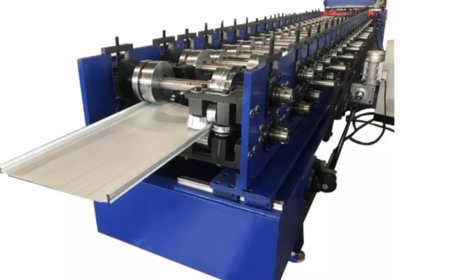CFD Fire Simulations and Fire and Life Safety Modelling: Enhancing Fire Safety Performance Solutions
CFD Fire Simulations: A Closer Look
CFD fire simulations utilize complex mathematical models to replicate the behavior of smoke, heat, and gases within a given space during a fire. By simulating how fire and smoke spread, CFD allows for an in-depth analysis of potential hazards, helping designers identify critical areas where smoke may accumulate or where temperature might reach dangerous levels. This detailed visualization aids in optimizing fire detection and suppression systems, ensuring they function effectively under various fire scenarios.
The strength of CFD fire simulations lies in their ability to account for intricate environmental factors such as ventilation, occupancy density, and structural elements. For example, CFD models can predict how smoke will navigate around obstacles or through duct systems, providing essential insights for designing effective smoke control strategies. These simulations are invaluable in complex settings like malls, airports, and industrial facilities, where traditional fire modeling methods might fall short in capturing nuanced fire dynamics.
Fire and Life Safety Modelling: A Holistic Approach
Complementing CFD simulations, fire and life safety modelling offers a comprehensive assessment of safety performance in buildings. This approach encompasses not only the physical spread of fire and smoke but also considers occupant behavior, evacuation procedures, and safety system responses. By integrating these factors, fire and life safety modelling provides a holistic view of a buildings safety profile.
Advanced fire and life safety models simulate evacuation times, egress routes, and crowd movement patterns, allowing safety professionals to evaluate whether occupants can exit safely within critical timeframes. These models are instrumental in identifying potential bottlenecks or design flaws that could compromise occupant safety during an emergency. Incorporating data from CFD simulations enhances the accuracy of these models, leading to more reliable safety performance solutions.
Fire Safety Performance Solutions: From Analysis to Implementation
The ultimate goal of employing CFD fire simulations and fire and life safety modelling is to develop robust fire safety performance solutions. These solutions encompass a range of strategies, including optimized fire detection systems, effective suppression mechanisms, and well-designed evacuation plans. By leveraging simulation data, designers can make informed decisions that enhance safety standards and comply with regulatory requirements.
For instance, simulations can demonstrate the efficacy of different smoke extraction methods or assess the impact of various fire load conditions on occupant egress times. This iterative process ensures that safety measures are tailored to specific building characteristics and usage patterns, resulting in more resilient and safer environments.
Egress Simulation: The Final Piece of the Puzzle
A critical aspect of fire and life safety modelling is egress simulationanalyzing how occupants evacuate a building during a fire. Egress simulation tools utilize behavioural algorithms and physical principles to predict movement patterns, identify potential hazards, and evaluate the adequacy of exit routes. These simulations are vital for ensuring that evacuation plans are practical and effective under different fire scenarios.
By integrating egress simulation with CFD fire models, safety teams can visualize how smoke and heat influence occupant movement and decision-making during an emergency. This comprehensive approach helps in designing pathways that minimize evacuation times and prevent crowding or panic. Ultimately, egress simulation plays a vital role in enhancing overall fire safety performance solutions, ensuring that occupants can evacuate swiftly and safely.
Conclusion
Advancements in CFD fire simulations, fire and life safety modelling, and egress analysis have revolutionized fire safety engineering. These tools enable the development of tailored, effective fire safety performance solutions that protect lives and property. Whether optimizing suppression systems or designing efficient evacuation routes, these methodologies provide invaluable insights that inform safer building designs.




























